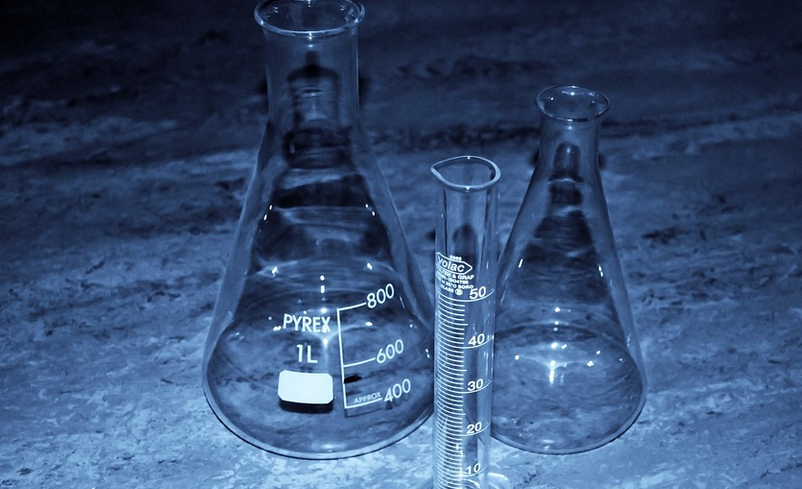Introduction
Calcium carbonate is a chemical compound with the formula CaCO3. It is a common substance found in rocks, shells of marine organisms, and eggshells. Hydrogen chloride, on the other hand, is a colorless gas with the formula HCl. When these two substances are combined, a reaction occurs.
The Reaction
The reaction between calcium carbonate and hydrogen chloride is a type of acid-base reaction. When the two substances come into contact, hydrogen ions from the hydrogen chloride react with the carbonate ions from the calcium carbonate, producing carbon dioxide gas, water, and calcium chloride. The chemical equation for the reaction is as follows: CaCO3 + 2HCl → CO2 + H2O + CaCl2
Uses of Calcium Carbonate and Hydrogen Chloride
Calcium carbonate and hydrogen chloride have various uses in different industries. Calcium carbonate is used as a dietary supplement, antacid, and in the manufacturing of cement, glass, and ceramics. Hydrogen chloride is used in the production of PVC, cleaning agents, and in the production of various chemicals.
Importance of the Reaction
The reaction between calcium carbonate and hydrogen chloride is important in many ways. It is used in the production of calcium chloride, which is used as a de-icing agent and in the food industry as a preservative. The reaction is also used in the laboratory to produce carbon dioxide gas.
Factors Affecting the Reaction
Several factors affect the reaction between calcium carbonate and hydrogen chloride. These include the concentration of the hydrogen chloride, temperature, and the size of the calcium carbonate particles. A higher concentration of hydrogen chloride and higher temperature will result in a faster reaction. Smaller particles of calcium carbonate will also react faster.
Conclusion
In conclusion, the reaction between calcium carbonate and hydrogen chloride is a chemical reaction that produces carbon dioxide gas, water, and calcium chloride. The reaction is important in many industries and has various uses. The factors affecting the reaction should also be considered to achieve the desired results.

